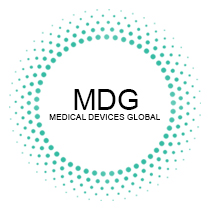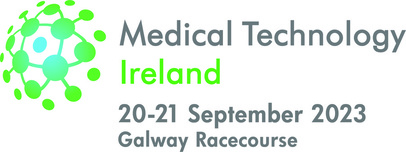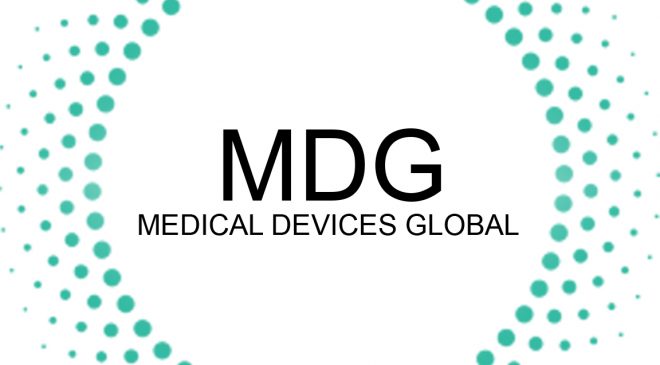The field of regulatory affairs for medical devices is witnessing a period of unprecedented change and innovation. As technology advances and global healthcare demands evolve, regulatory agencies and industry stakeholders are working together to shape the future of medical device regulation. In this article, we explore the latest innovations and trends in the world of regulatory affairs.
1. Real-World Evidence (RWE) Integration
Regulators are increasingly recognizing the value of real-world data in evaluating the safety and effectiveness of medical devices. RWE, derived from sources like electronic health records and patient registries, offers insights into device performance in real-world clinical settings. It complements traditional clinical trial data and can expedite regulatory decision-making.
2. Artificial Intelligence (AI) in Regulatory Processes
AI is being harnessed to improve regulatory processes. Machine learning algorithms can analyze massive datasets more efficiently, enabling faster and more accurate decision-making. AI also plays a role in automating regulatory tasks, such as adverse event reporting and compliance monitoring.
3. Global Harmonization of Regulations
The harmonization of medical device regulations across different regions is gaining momentum. Initiatives like the International Medical Device Regulators Forum (IMDRF) aim to standardize regulatory processes and requirements. This trend simplifies market access for manufacturers and ensures consistent device safety and performance standards worldwide.
4. Digital Health Regulation
With the rise of digital health technologies, regulators are developing frameworks to assess and approve software-based medical devices and mobile health applications. Clear guidance on how to navigate the regulatory landscape for digital health products is becoming increasingly critical.
5. Enhanced Cybersecurity Requirements
The growing connectivity of medical devices has prompted regulators to strengthen cybersecurity requirements. Manufacturers are now expected to implement robust security measures to protect devices from cyber threats, ensuring patient safety and data privacy.
6. Post-Market Surveillance and Signal Detection
Regulatory agencies are placing greater emphasis on post-market surveillance to detect and address safety concerns promptly. Enhanced signal detection techniques, including the use of AI, are helping regulators and manufacturers identify potential issues with medical devices more effectively.
7. Patient-Centric Regulation
A patient-centric approach is gaining traction in regulatory affairs. Involving patients in the regulatory process, from clinical trial design to post-market surveillance, ensures that devices meet the needs and expectations of those who use them.
8. Personalized Medicine and Companion Diagnostics
As personalized medicine becomes more prevalent, regulators are developing guidelines for companion diagnostics and combination products. These regulations enable the simultaneous development and approval of a diagnostic test and a corresponding therapeutic product.
Conclusion: Shaping the Future of Healthcare
Innovations in regulatory affairs are shaping the future of healthcare by ensuring that medical devices are safe, effective, and aligned with evolving technology and patient needs. Manufacturers, regulatory agencies, and healthcare providers must collaborate to navigate this dynamic landscape successfully. Staying informed about these regulatory trends and innovations is essential for all stakeholders as they work together to bring innovative medical technologies to patients worldwide. Medical Devices Global remains committed to providing comprehensive coverage and insights into the ever-evolving world of regulatory affairs and its profound impact on the medical device industry and patient care.



